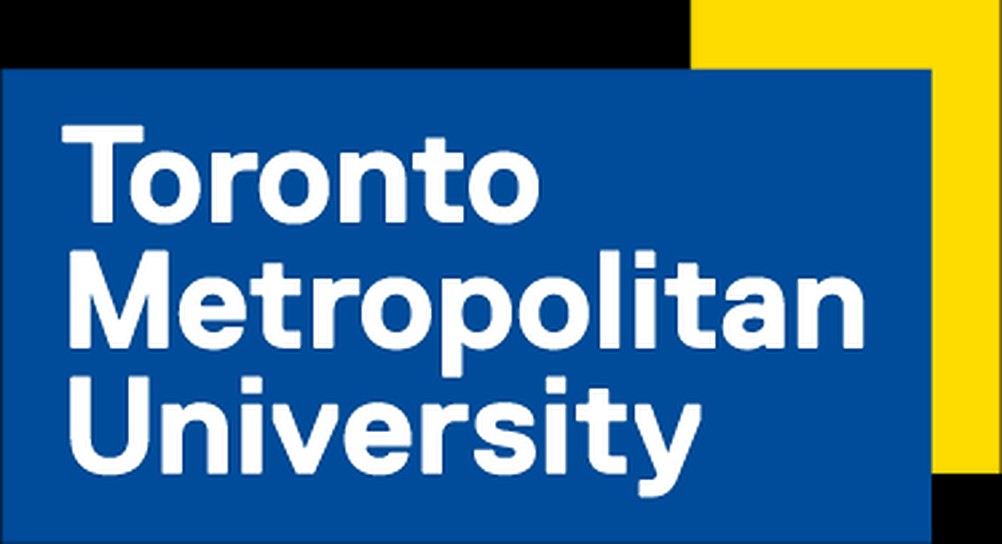Toronto Metropolitan University’s learning opportunities explore anti-Indigenous racism through simulations
Activism comes in various forms. This was one student’s key takeaway from a recent pilot for a new experiential learning workshop on anti-Indigenous racism geared towards supporting intercultural understanding, empathy and mutual respect.
The workshop uses live actor simulations or in-class performances developed to advance social justice in curriculum. In the simulations, actors tell a story to encourage teachers and students to reflect and engage in realistic scenarios, in real-time.
Who am I in this story?
“To dismantle systems of oppression, it’s necessary to consider one’s own positionality and contributions to the problems at hand,” shares another student in an anonymous reflection response.
The simulation, titled ‘Who Am I In This Story,” asks students to consider their position in Canada in terms of treaties, through a story told by an actor about the Idle No More movement.
Shandra Spears Bombay (Anishinaabe), an experienced simulator with TMU’s Live Actor Simulation team, and the actor and storyteller in this project, shares a first-person account of an Indigenous person’s first steps into activism.
The character attends a huge gathering in Ottawa, part of an international movement in support of water protections, which had been stripped by the Harper government of the day. The story is compelling and filled with anecdotal details that allow students to connect with current Indigenous issues.
Shandra Spears Bombay
Shandra Spears Bombay (Anishinaabe) shares an in-class live actor simulation that prompts students to identify their treaty responsibilities.
“Students can hear the story from wherever they are in their learning at that moment,” says Spears Bombay. “By learning from the story and the simulator, students can begin to question how anti-Indigenous racism reaches them and how it matters in their future work life.”
Importantly, the workshop allows students a safe place to make mistakes or ‘fail forward’ as they consider ways to support treaties and reconciliation in their future careers. “We’d rather students make those mistakes and be able to unpack them with their professors,” says Spears Bombay.
A critical lens for curriculum
The workshop is intended to integrate Indigenous knowledge and teaching methods into the classroom in alignment with the PDF fileTruth and Reconciliation Commission Calls to Action, external link for education and TMU’s own PDF fileStanding Strong Task Force Report and Recommendations.
The simulation helps learners identify actions they can take toward supporting treaties, legislation and Truth and Reconciliation.
Offered through the Experiential Learning (EL) Hub, a resource unit within the Centre for Excellence in Learning and Teaching, the new simulation was created with funding from the Aboriginal Education Council (AEC) and centres Indigenous perspectives and experience in university curriculum.
“Part of our responsibility at the EL Hub is to support transformative ways for students to engage in deeper understanding of Indigenous perspectives,” says Anita Abraham, director of Experiential Learning at TMU. “Funding provided by the AEC removes the cost barriers of creating new simulations, intentionally integrates Indigenous perspectives into learning and provides a tangible campus resource available for anyone to use. Our hope is that through each interaction with this simulation we are contributing to the development of engaged citizens who support reconciliation and who can translate that in their future professional pathways.”
Live simulations in the classroom
Pilot sessions took place in sociology classes with Professor Jean Golden, a long-time activist who helped to write the first human rights policy for TMU in collaboration with employee and student unions in the early 1990s, who has been deeply invested in human rights issues.
“I’m always looking for interesting ways to engage my students and have them understand empathetically various forms of inhumanity, including genocide,” says Golden.
She saw how the simulations made it possible for students to better understand Indigenous history and realities, and also see how they could take part in and work towards reconciliation.
For Golden, storytelling is integral to teaching as a way to more effectively engage students. “The more that you can storytell, the more people are going to connect to that experience.”
Confronting anti-Indigenous racism
For Spears Bombay, developing the simulation during the discovery of the mass graves of
Indigenous children, and the university name change, was a profound but also painful process.
“I was grateful for the space we took as a team to work through those moments together. We were working in lockdown and building this story together,” she says.
For Spears Bombay, the workshop is a small but meaningful step towards confronting anti-Indigenous racism and highlighting current Indigenous affairs.
“I’m glad that the work can expand in different directions. Water protections are still a current concern, as is the invisibility of Indigenous issues in mainstream media. We are still discovering mass graves. There is a lot to do, but we have to take a first step and go from there,” she says.
For many of the students the simulation broadened their awareness of the issues and provoked thoughts on allyship. Says one student: “Although we have different social locations, what matters is engaging in ways that allow us to be effective co-conspirators with Indigenous peoples and communities.”

